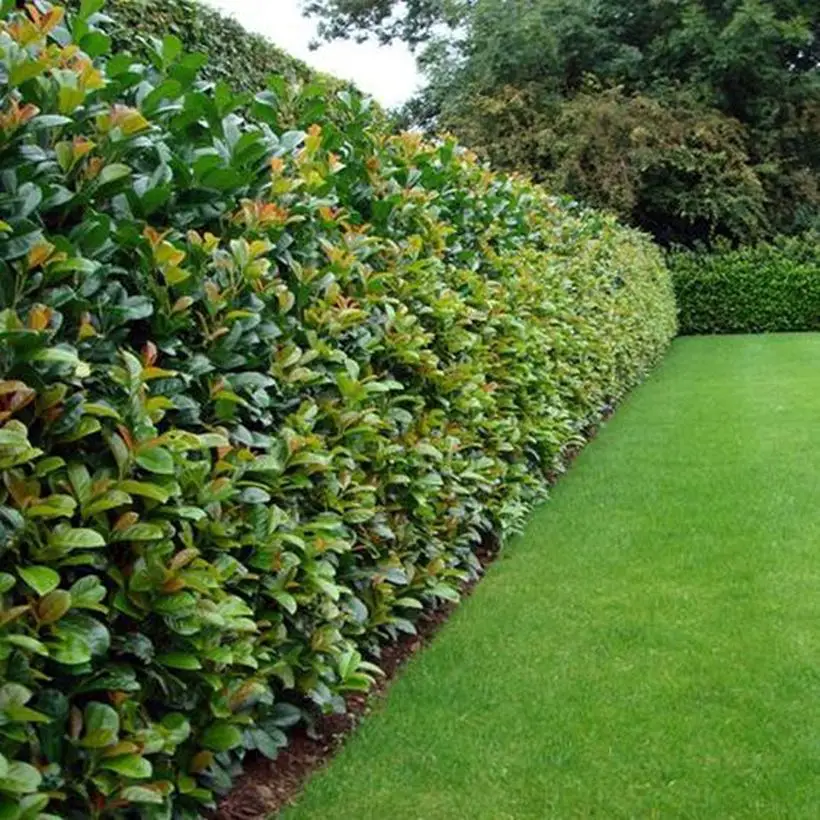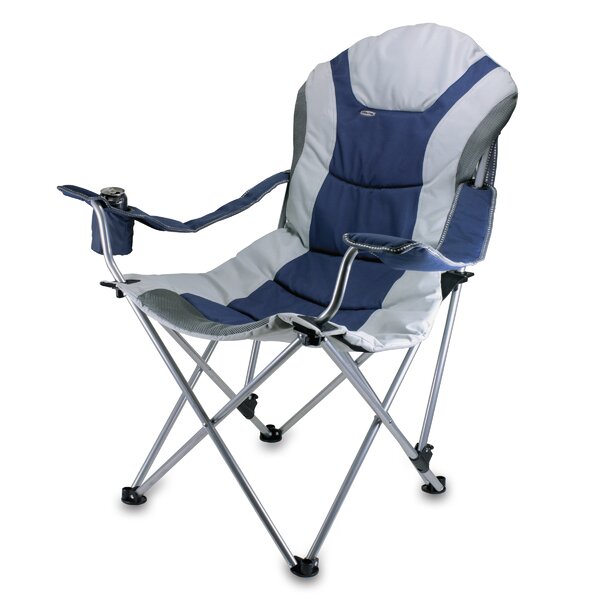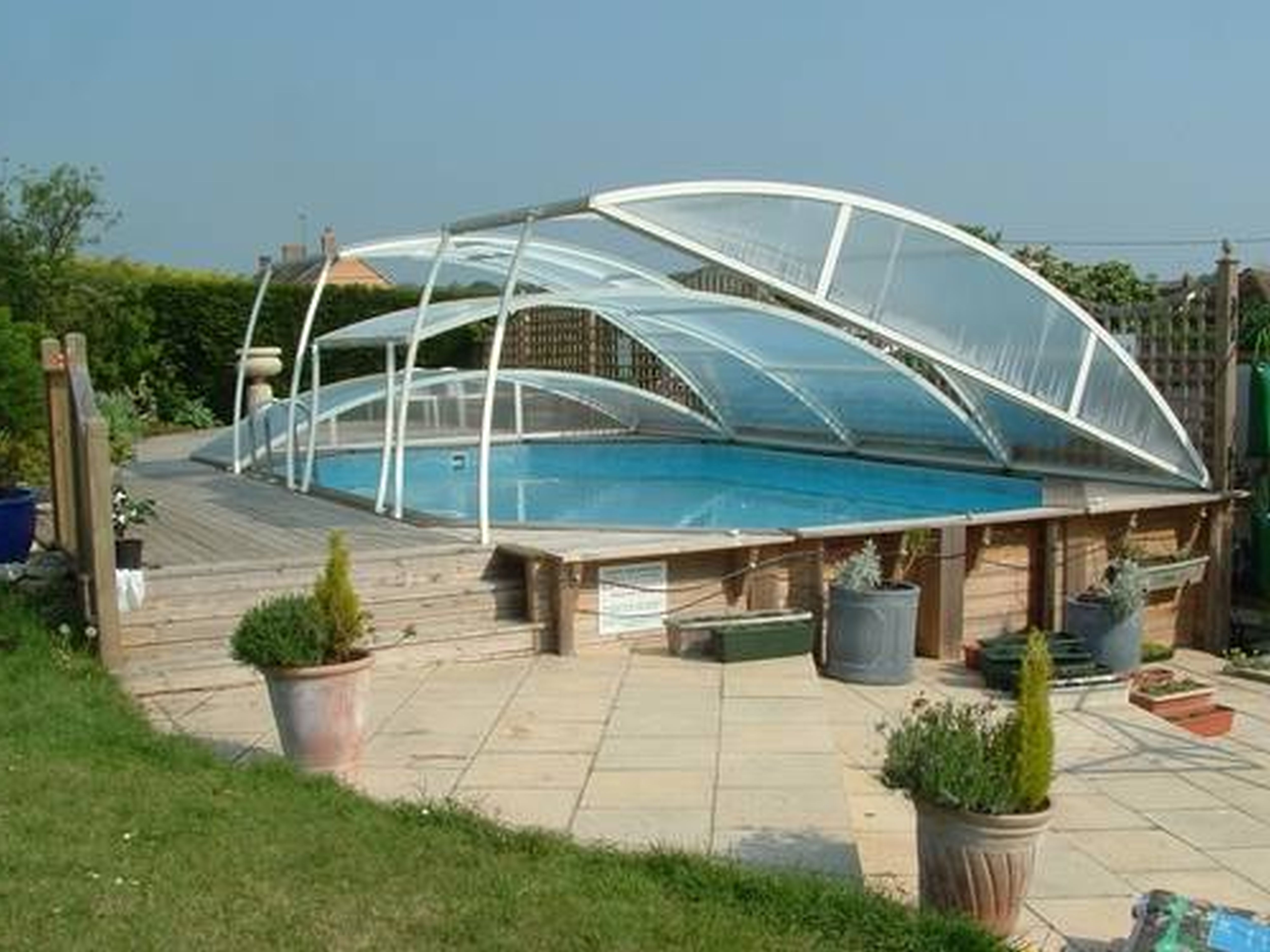Bamboos are the most commonly used plants for fences in rural parts of asia. What are the best plants for fence line in australia?
Plants For Fences, Clematis are great on wire fences and trellis because the leaf stalks grip anything they can twine round. Hosta is an awesome, low maintenance basic for any garden design.

These are different from hedges like boxwood and privet which look firm and dense. Climbers like ivy have aerial roots which help them cling to walls and fences, but other climbers like honeysuckle and clematis need a framework to scramble over. Some evergreen vines for covering chain link fences include: They can also help add winter interest to your garden or serve as a backdrop to your other plants.
Maintaining the plant is very cheap and easy.
Read on to find out about 10 alternative climbing plants which you can use to spruce up your walls and fences and that are perfect for turning your privacy screen into a thing of beauty. Arborvitae, juniper and cedar are elegant, attractive evergreen trees that can form effective privacy borders. Hosta is an awesome, low maintenance basic for any garden design. The pyracantha is also known as firethorn and can be grown as a single plant, or you can train it to grow against a wall or fence. Perhaps you just absolutely love the look of your fence and want to add a small amount of landscaping to make it pop! What are the best plants for fence line in india?
 Source: tyres2c.com
Source: tyres2c.com
What are the best plants for fence line in australia? It’s a super grower!) vines that attract hummingbirds. It can thrive in most types of soil. This plant is commonly used due to its ability to bring about privacy screening; Clematis are great on wire fences and trellis because the leaf stalks grip anything they can twine round.
 Source: talkdecor.com
Source: talkdecor.com
Clematis are great on wire fences and trellis because the leaf stalks grip anything they can twine round. These leafy green perennials come back. Here�s which ones made our best plants for. Suppose you prefer the second option; Bamboo, photinia are the best plants for fence lines in nz.
 Source: jacksons-fencing.co.uk
Source: jacksons-fencing.co.uk
Additionally, woody vines are much heavier so even if they don’t take over, the mere weight of them could be enough to cause damage. On the other hand, lilac bushes, when allowed to get full and thick, look bushy (for lack of a better word). Evergreen plants that grow on fences can help to keep your fence looking lovely all.
 Source: hoommy.com
Source: hoommy.com
Here�s which ones made our best plants for. Here are selected good reviews the best plants for fence in 2022 lis the best plants… Perhaps you just absolutely love the look of your fence and want to add a small amount of landscaping to make it pop! There are many reasons why arborvitae is among the most popular plants for.
 Source: hoommy.com
Source: hoommy.com
What plants can grow up fences? There are dozens of options for plants that grow up a fence. Climbing vines (and climbing plants) flowering vines. The bamboo plant is one of the most versatile plants that you come across. Ivy is not the only climbing plant you can use to add greenery to walls and fences.
 Source: pyracantha.co.uk
Source: pyracantha.co.uk
The foliage is responsible for this. Ivy and hydrangea seemannii are common types of aerial root climbing plants. Osage orange, also known as hedge apple or horse apple, is one of the most commonly used plants for natural fences in america. It can grow as an indoor plant in low light and without soil. Clematis are great on wire fences.
 Source: pinterest.com
Source: pinterest.com
A fringe of foliage can make a fence line stand out, so if you want to emphasize an elegant curve, or highlight a stylish structure, perennials can be the perfect choice. There are dozens of options for plants that grow up a fence. What plants can grow up fences? It can grow as an indoor plant in low light and.
 Source: colourfence.co.uk
Source: colourfence.co.uk
But the bigger variety of bamboo shoots can also be used to build a strong fence. Some evergreen vines for covering chain link fences include: On the other hand, lilac bushes, when allowed to get full and thick, look bushy (for lack of a better word). But take a look at the tags on the plants in the garden centre.
 Source: lushome.com
Source: lushome.com
There are many reasons why arborvitae is among the most popular plants for a living privacy fence.its thick evergreen foliage creates a dense hedge when the. But the bigger variety of bamboo shoots can also be used to build a strong fence. If you’d like a flowery look, you may consider honeysuckle, clematis, or climbing hydrangeas. These leafy green perennials.
 Source: topinspired.com
Source: topinspired.com
They can also help add winter interest to your garden or serve as a backdrop to your other plants. As they mature, the saplings are pruned tightly to force thick, bushy growth and form an impenetrable hedge. Read on to find out about 10 alternative climbing plants which you can use to spruce up your walls and fences and that.
 Source: hoommy.com
Source: hoommy.com
Reviews and comparison here we list the products best plants for fence in 1000 reviews to choose the best products for you and your family. Lilac bushes are yet another kind of plant that are perfect for fence lines. Because of its look, this plant is often misidentified as a cactus. Annual climbing plants allow you to enjoy the floristic.
 Source: gardeningviral.com
Source: gardeningviral.com
But the bigger variety of bamboo shoots can also be used to build a strong fence. This type of climber uses roots to clasp onto vertical surfaces. Bamboo, photinia are the best plants for fence lines in nz. Maintaining the plant is very cheap and easy. Following are the top plants that can be used as hedges in the live.
 Source: greensideupgifts.com
Source: greensideupgifts.com
Ivy and hydrangea seemannii are common types of aerial root climbing plants. Maintaining the plant is very cheap and easy. It can grow as an indoor plant in low light and without soil. Suppose you prefer the second option; This type of climber uses roots to clasp onto vertical surfaces.
 Source: topinspired.com
Source: topinspired.com
Some climbers and shrubs are more easily trained flat against the fence to allow extra border planting space: What are the best plants for fence line in india? What plants can grow up fences? Annual climbing plants allow you to enjoy the floristic diversity by planting a different species each year. These are fast growers and quickly sprawl out along.
 Source: hoommy.com
Source: hoommy.com
Arborvitae, juniper and cedar are elegant, attractive evergreen trees that can form effective privacy borders. These are different from hedges like boxwood and privet which look firm and dense. The foliage is responsible for this. The wood from the fence plants is used as firewood or for small woodworking projects. Trumpet vines are some of the most popular and amazing.
 Source: jooinn.com
Source: jooinn.com
Here�s which ones made our best plants for. Because of its look, this plant is often misidentified as a cactus. This plant is commonly used due to its ability to bring about privacy screening; Kohuhu, ornamental gold bamboo, and hardenbergia are the best plant for fenceline in australia. This type of climber uses roots to clasp onto vertical surfaces.
 Source: hoommy.com
Source: hoommy.com
Bamboo, photinia are the best plants for fence lines in nz. This is the most common spiny succulent shrub grown in india along the fenceline of farmlands. Annual climbing plants allow you to enjoy the floristic diversity by planting a different species each year. Perennial plants for fence line. Climbers like ivy have aerial roots which help them cling to.
 Source: jacksons-fencing.co.uk
Source: jacksons-fencing.co.uk
List of fast growing climbing plants for fences. Arborvitae, juniper and cedar are elegant, attractive evergreen trees that can form effective privacy borders. It can grow as an indoor plant in low light and without soil. In that case, plant it at a minimum of 50 cm from the wall or the fence in order to avoid the dry area..
 Source: thespruce.com
Source: thespruce.com
Reviews and comparison here we list the products best plants for fence in 1000 reviews to choose the best products for you and your family. That might sound pricey, but you can plant willows five feet apart in a living fence, so you won’t need as many of them to form a fence as you would many plants on this.
 Source: jacksons-fencing.co.uk
Source: jacksons-fencing.co.uk
Trumpet vines are some of the most popular and amazing plants for your fence line. List of fast growing climbing plants for fences. Additionally, woody vines are much heavier so even if they don’t take over, the mere weight of them could be enough to cause damage. They can also help add winter interest to your garden or serve as.
 Source: pinterest.com
Source: pinterest.com
Because of its look, this plant is often misidentified as a cactus. But take a look at the tags on the plants in the garden centre and check heights because there are some clematis that really do romp away. Climbers like ivy have aerial roots which help them cling to walls and fences, but other climbers like honeysuckle and clematis.
 Source: pinterest.com.mx
Source: pinterest.com.mx
Unlike the other climbing plants it does not need to wrap around an object to grow. Evergreen plants that grow on fences can help to keep your fence looking lovely all year round. Bamboos are the most commonly used plants for fences in rural parts of asia. Lilac bushes are yet another kind of plant that are perfect for fence.
 Source: hoommy.com
Source: hoommy.com
Best plants for fence you can get for 2022. Hosta is an awesome, low maintenance basic for any garden design. And dead leaves from most plants can be used for mulching and composting. These are different from hedges like boxwood and privet which look firm and dense. A fringe of foliage can make a fence line stand out, so if.
 Source: hoommy.com
Source: hoommy.com
A fringe of foliage can make a fence line stand out, so if you want to emphasize an elegant curve, or highlight a stylish structure, perennials can be the perfect choice. List of fast growing climbing plants for fences. Ivy and hydrangea seemannii are common types of aerial root climbing plants. This plant comes in several varieties like the giant.
 Source: gardeningviral.com
Source: gardeningviral.com
Climbing vines (and climbing plants) flowering vines. List of fast growing climbing plants for fences. Kohuhu, ornamental gold bamboo, and hardenbergia are the best plant for fenceline in australia. Perennial plants for fence line. These leafy green perennials come back.








